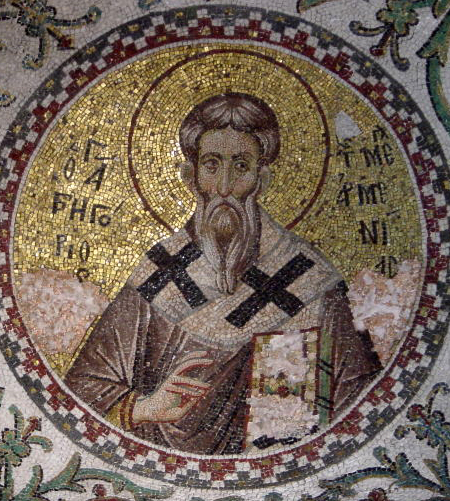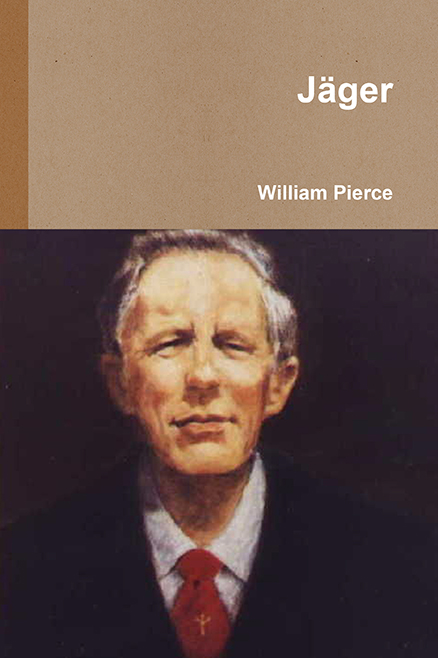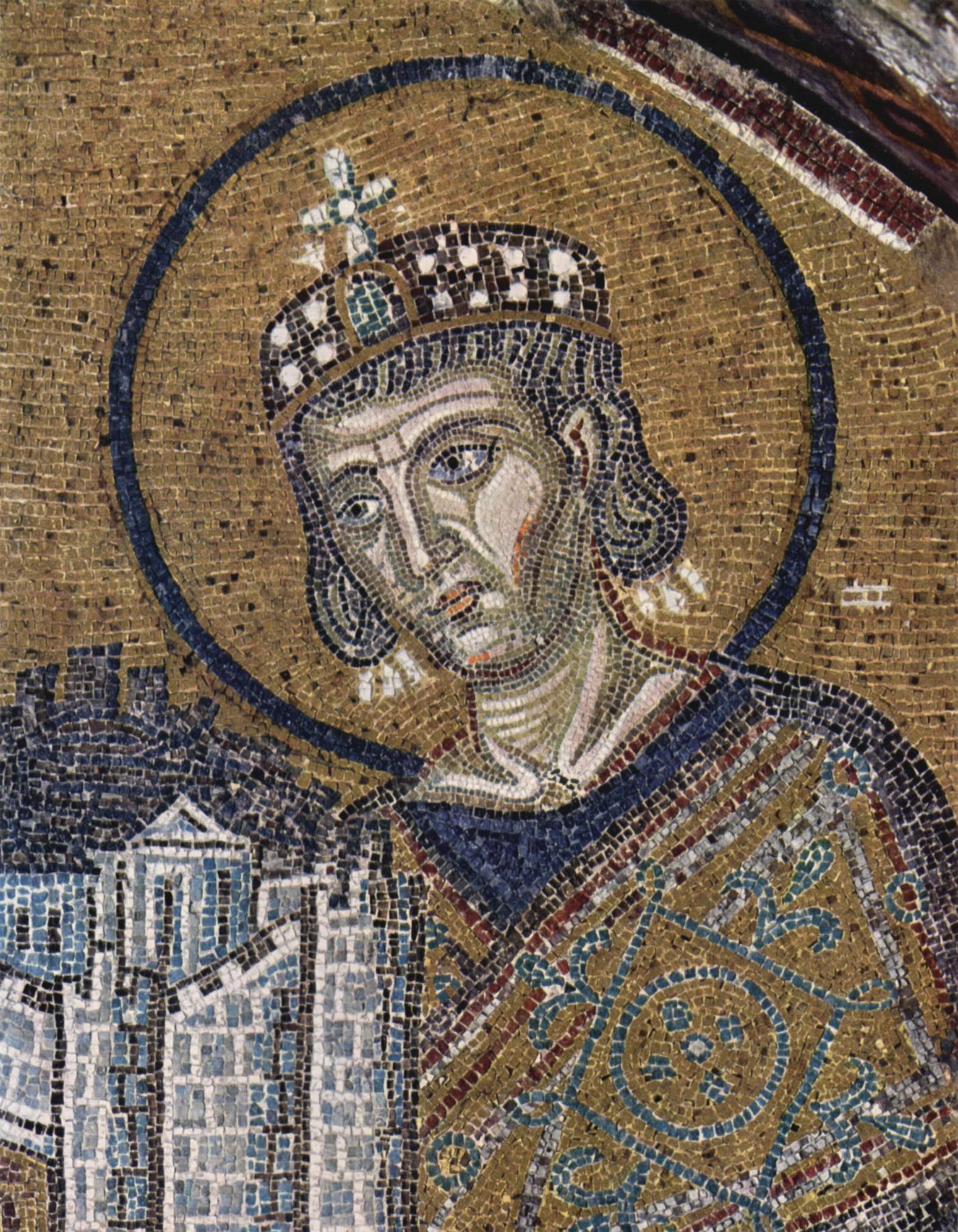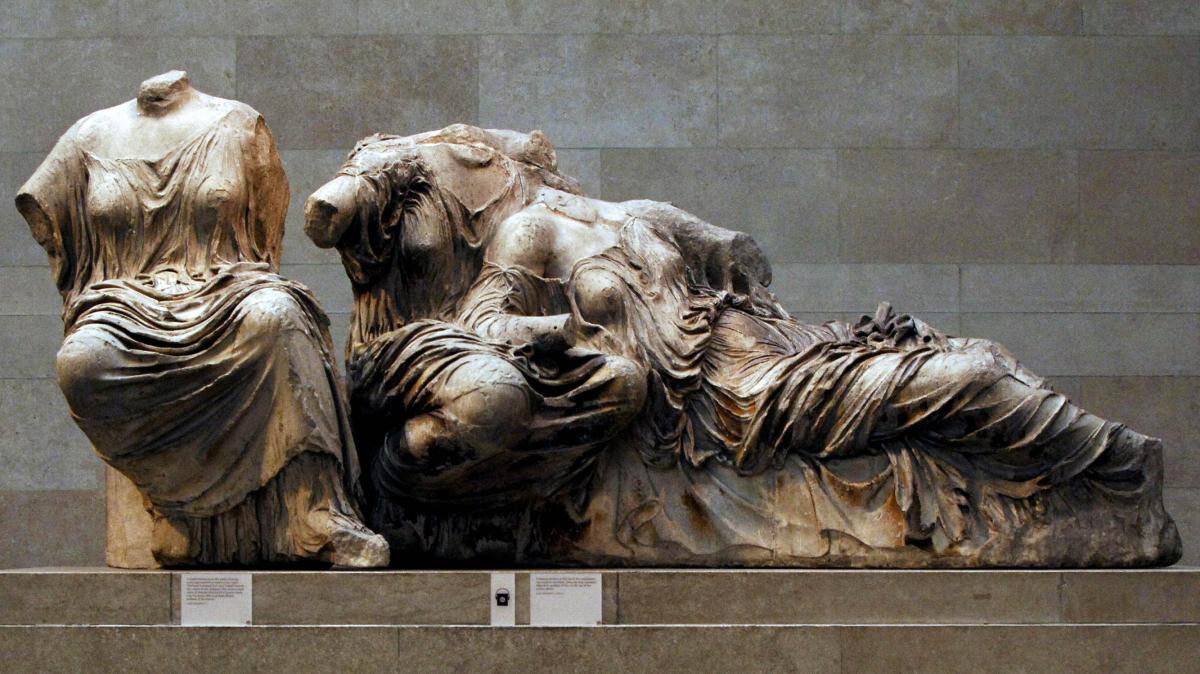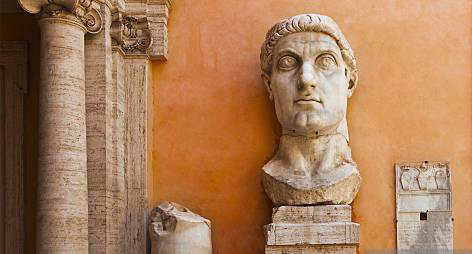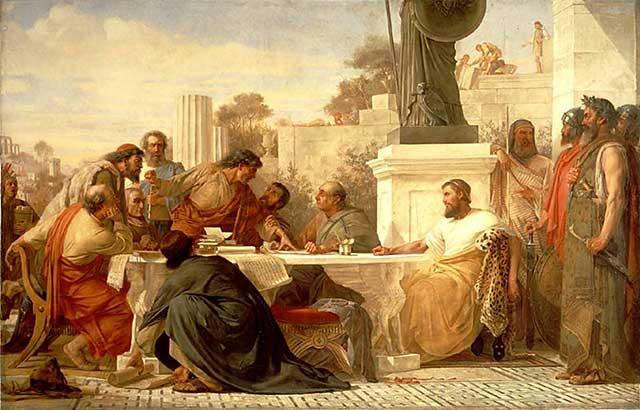Below, abridged translation from the first
volume of Karlheinz Deschner’s Kriminalgeschichte
des Christentums (Criminal History of Christianity)
______ 卐 ______
Chapter 6: Persia, Armenia and Christianity
‘The origin and founding of that Church are typically Armenian. Gregory [the apostle of Armenia] violently crosses the country, surrounded by troops, destroys the temples and goes Christianizing the population. It was something never seen before in the Hellenic world’.
— G. Klinge
‘The Armenians put to the knife all the Persian army, without sparing a single life’, ‘they did not leave man or woman alive’. ‘They saw the bloodbath perpetrated among the defeated troops. The whole region reeked of the stench of corpses… That is how Saint Gregory was avenged’.
‘Console yourselves in Christ, because those who died did so first of all by the country, by the church and by the grace of the divine religion’.
—Wrthanes, Patriarch of Armenia
Mosaic icon of St. Gregory the Illuminator
(Pammakaristos Church, Istanbul)
Saint Gregory destroys Armenian paganism and founds a hereditary patriarchy
The conversion of Armenia was the work of Gregory the Illuminator, the apostle of the Armenians. Converso to the Christianity of Caesarea, he began to preach the new religion towards the year 280, when Tiridates re-conquered Armenia. He had great ascendancy over Khosrovidukht, a sister of the king, thanks to which he ended up enjoying the favouritism of the sovereign: a very characteristic process, since we know that the clergy have always used women, sisters, wives or beloved of the princes to dominate them. By this procedure the ‘Christianization’ of entire nations was achieved.
Persuaded by his sister, King Tiridates finally sent a delegation headed by Gregory to Caesarea. Once there, the ordinary Leontius made him bishop and spiritual head of the Armenian Church. Shortly after Tiridates and his wife Ashkhen were converted, they promulgated an edict by which all the subjects (as Sozomen, historian of the Church, recounts) were forced to embrace the religion of the monarch. It is the first proclamation of Christianity as the official religion, although from the 4th century the exact date of the disposition is subject to controversy, mainly because almost all the ecclesiastical chroniclers of the period silenced the case systematically.
As strange as that may seem, and while the date is still being discussed, the fact remains that the proclamation of Christianity as the official religion of Armenia initiates a period of tremendous persecutions against paganism.
Backed and protected by the king, Gregory devoted himself to thoroughly destroying the temples to replace them with Christian churches, which were also endowed with generosity. In Artaxata, which had been a prominent centre of polytheism, ‘the wonderful Gregory’ (as Faustus of Byzantium called him) razed the temple of Vahagn (Hercules), that of Astiik (Venus) and that of Anahit; then he built a splendid Christian church destined to be the new ‘national sanctuary’ of Armenia.
At the same time, Gregory had a palace built for his own use. He was named archbishop, first dignitary of the kingdom after the king and katholikos. This title, also adopted by the archbishops of Persia, Ethiopia, Iberia and Albania, was very significant, since formerly it was the one that corresponded to a high official of the public treasury. Gregory the illuminator, revered as a saint by the Armenian Church and also included in the Roman martyrology by Pope Gregory XVI (his dedication is celebrated on September 30), did not fail to attend to his own needs and those of his own, using the properties of the Church for personal benefit and of their relatives.
The Byzantine writer Faustus, author of the grandiloquent history of Armenia in the year 400, devotes dozens of chapters to the successive slaughters that totalled 29 victories over thirty-four years, if we are to believe what this Christian author says (of quite debatable veracity)…
Although the Christians fought in numerical inferiority from one to ten, or even from one to a hundred, they always exterminated their enemies, women and children included. In 1978, a remarkable dignitary of the Armenian Apostolic Church, Mesrob Krikorian, echoes those dithyrambs: ‘In any case, the Christian religion assumed paramount importance for Armenia and for all Armenians of the time’. Faustus emphasizes again and again that ‘all the Persian soldiers were put to the sword by the Christian troops, not sparing one of them’, ‘not even the women of the entourage’, ‘not one escaped alive’,’ they did a general bloodbath’.
A new and beautiful face!
The reading of these chronicles vividly recalls the Old Testament and the massacres and raids of the Israelites. ‘The Armenians made an incursion through the Persian provinces’, ‘they returned loaded with treasures, weapons, jewels and great booty, covering themselves with imperishable glory and enriching themselves inappropriately’, ‘the country was passed over fire and iron’. On occasion, they also fought against Christian Rome, allied or not with the pagan Persians (and with no less success, as is already understood).
Thus, for example, according to Faustus, ‘for six years in a row they devastated the Greek provinces’,’ they put all the Greeks to the sword in such a way that not a single one was spared’, and ‘there is no measure or account of the treasures they brought with them…’ Always, naturally, fighting under the banners of God, trusting in God, overcoming in the name of God; it is God who grants ‘the fate of great victories’.
The clergy and war… united in the first Christian state in the world. Heroic actions ‘by Christ Our Lord’. Undoubtedly, the Armenians did not need the ecclesiastical blessing to start fighting and killing. But the fact is that the blessing was not lacking.
